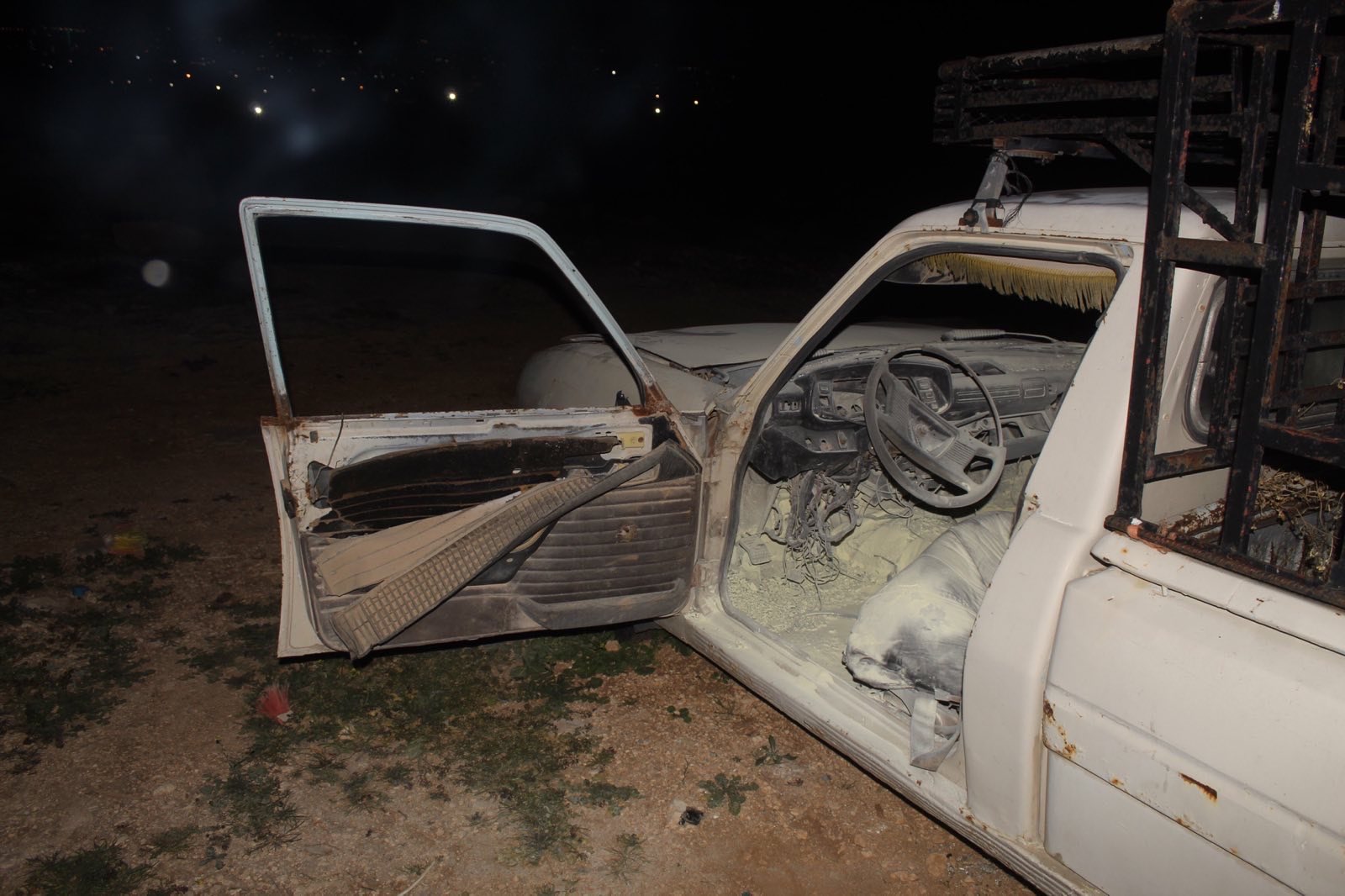Category: Reports
-
Deceptively “quiet” first week of Ramadan in Jerusalem: a result of restrictions at Qalandia checkpoint
19 March 2024 | International Solidarity Movement | West Bank/East Jerusalem Stories from Israeli and international press extoll a safe and unencumbered celebration of the first week of Ramadan for the thousands of Palestinians with Israeli or Jerusalem ID cards, who were allowed entry to Al-Aqsa in most cases with minimal delay. Unfortunately, Palestinian Muslim…
-
Masafer Yatta: Israeli Settlers Burn a Family Car in Um Dhorit
17 March 2024 | International Solidarity Movement | Masafer Yatta Last night, illegal settlers burned a family car in Um Dhorit, in Masafer Yatta. They snuck onto the family’s land and set fire to the family only car in an attempt to make it irreparable. On previous occasions, the settlers have stolen the license plates,…
-
Violent arrest of Palestinian women in Susiya, Masafer Yatta
13 March 2024 | International Solidarity Movement | Masafer Yatta Israeli soldiers arresting a Palestinian woman. @ISM Today in Susiya (Masafer Yatta), on the third day in Ramadan, a large number of IOF soldiers and armed settlers arrested a Palestinian woman and an Israeli activist, shot live ammunition in the air and pointed guns…



